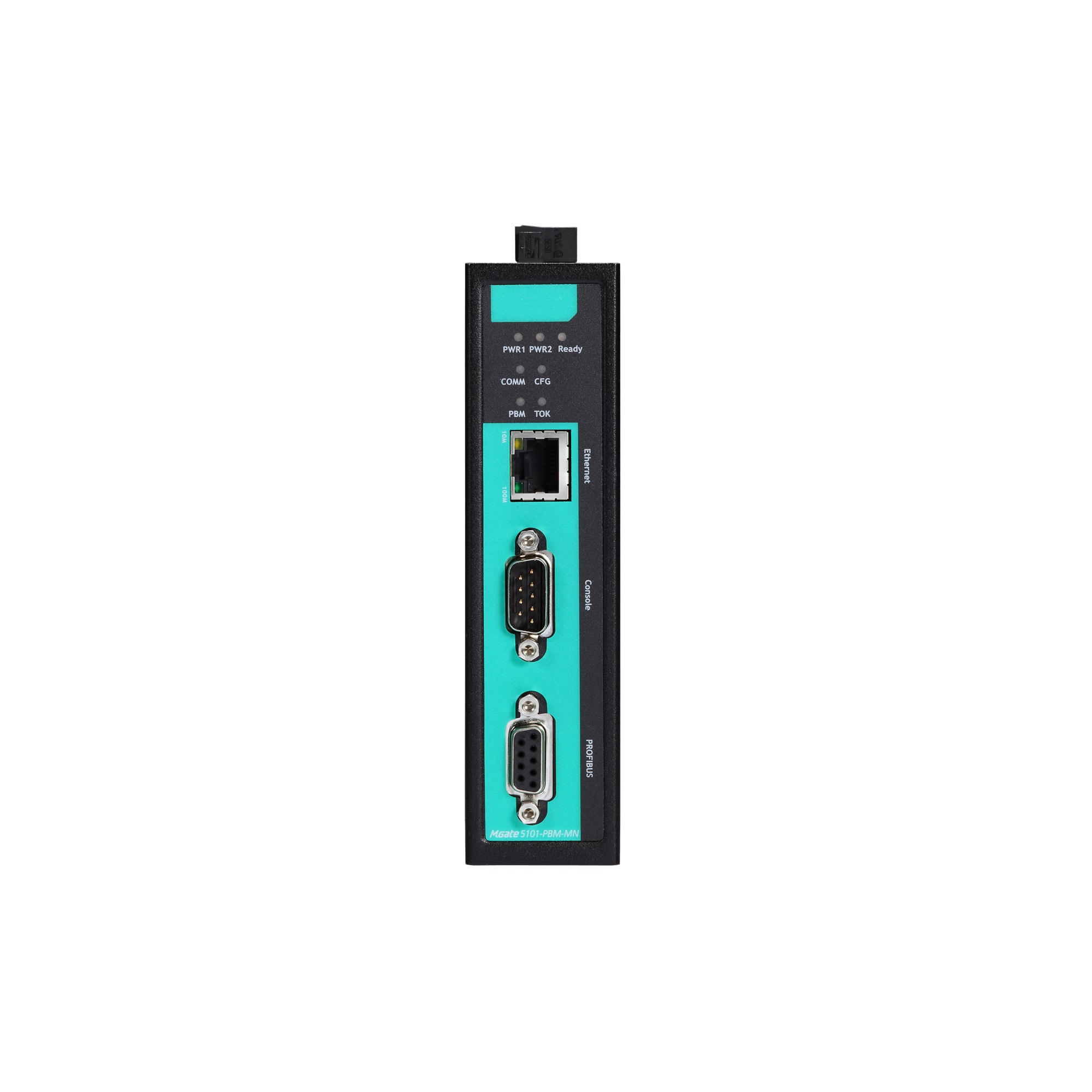Introduction: Addressing Common Overlooked Issues
Imagine a bustling factory where production suddenly halts due to equipment failure—it’s a scenario that many manufacturers dread. Did you know that 60% of downtime in manufacturing is attributed to unreliable control systems? Enter the io controller, a device designed to enhance p[rocess control but often misunderstood in terms of its capabilities and advantages. Too frequently, these faults result from traditional approaches that lack flexibility and responsiveness.

Body: The Evolution of IO Controllers
Firstly, traditional solutions often rely on outdated technology, lacking the real-time data processing that modern industries require. Such systems can lead to inefficiencies—long response times, compatibility issues, and increased operational costs. In contrast, the modern io controller utilises advanced principles such as edge computing, allowing immediate data processing at the source. This shift translates directly into tangible benefits for users, including improved system reliability, reduced maintenance costs, and enhanced operational efficiency, letting businesses run smoother than ever before.
Conclusion: Evaluating Your Options
When considering the best solutions for your needs, always verify these 3 metrics when choosing IO controllers: ① Reliability—ensure low failure rates; ② Compatibility—check system integrations; ③ User-Friendliness—opt for intuitive interfaces. These criteria can significantly affect long-term satisfaction and productivity in an industrial setting.

Exploring the Industrial IO Controller
An industrial io controller plays a crucial role in the seamless operation of automated systems. These controllers bridge the gap between the physical world and digital control systems, allowing for better data integration and machine communication. Look, it’s simpler than you think; with the right industrial io controller, manufacturers can optimise how equipment interacts with software, increasing overall efficiency and reducing error rates. By employing these controllers, industries benefit from streamlined processes and effective resource management, which are vital in today’s competitive market.
Diving into the Input Output Controller
The input output controller is essential for managing signals in electronic devices. This component facilitates communication between a microcontroller and peripherals, ensuring smooth operations in systems ranging from simple appliances to complex manufacturing equipment. The technology behind an input output controller allows for diverse applications, including real-time monitoring and automation. Thus, users can expect faster data processing and fewer interruptions, ultimately saving time and resources. By understanding how these controllers function, businesses can leverage their capabilities to enhance productivity and reliability.
Conclusion and Brand Recommendation
In summary, the evolving landscape of industrial automation heavily relies on effective control systems like the io controller, including the industrial io controller and input output controller. With their ability to streamline operations and reduce downtime, selecting the right solutions is paramount. For those exploring these technologies, I highly recommend DECOWELL as a manufacturer with supply advantages that can meet diverse industrial needs. Their products are designed to enhance efficiency and reliability, making them a trustworthy partner in the quest for operational excellence.

